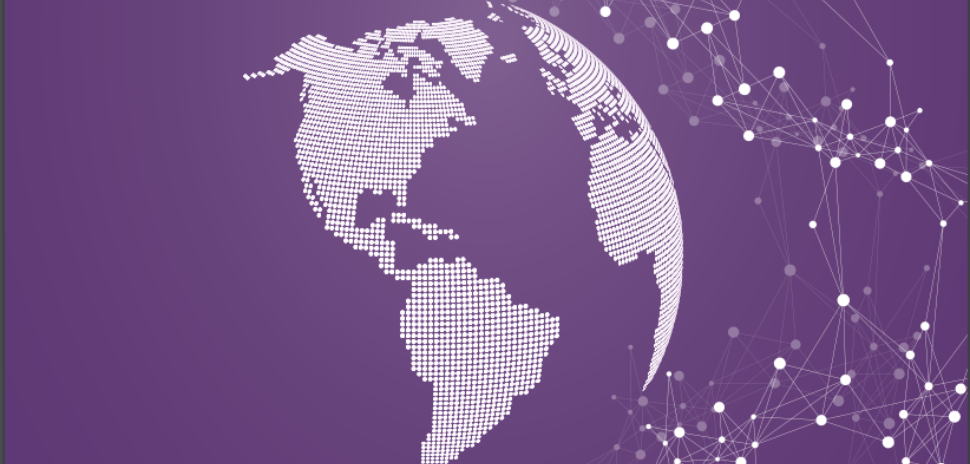Dallas-Fort Worth is one of the leading metropolitan areas in the nation for exports of technology products and services, ranking eighth with exports of roughly $8.7 billion, according to a new study from CompTIA, the Computing Technology Industry Association.
The study, called Tech Trade Snapshot 2019, shows that the state of Texas is the top tech-exporting state with a total of $47.89 billion in 2018. The nation as a whole recorded $338 billion in exports of tech products and services during 2018.
In DFW, technology exports are far and away the leading category of exports from the region ahead of aerospace products and parts manufacturing, according to CompTIA’s data.
The San Jose-Sunnyvale-Santa Clara area in California is the top tech metro exporter in the nation at $15 billion, and El Paso is the top Texas metro area at $13.4 billion.
Statewide in Texas, the technology export numbers show how just how significant a role the state plays in the tech trade economy:
- Texas’ technology product exports grew to $47.89 billion in 2018. That’s the most of any state and a 2 percent increase from 2017.
- Texas technology product exports to China reached $1.9 billion in in 2018, the third most of any state.
- Texas had 160,360 jobs directly supported by tech exports, the second most of any state.
- The state had 5,166 jobs directly supported by tech exports to China.
While Texas is the largest exporter of tech goods among the 50 states, technology ranks third among exports in the state behind the oil and gas category, and the petroleum and coal products category, CompTIA said in its report.
In 2018, the U.S. saw a 2.5 percent growth in technology exports, and had 858,000 jobs directly supported by technology exports to overseas customers, the study said. Exports directly support roughly half of U.S. manufacturing jobs.
READ NEXT: Tech Town Ranking: CompTIA Index Plugs Dallas Near the Top
Texas is one of 37 states that reported positive exports-supported job growth in 2018, the study said. Roughly $1 out of every $4 generated in the U.S. technology sector is attributable to exports.
Texas has long been a dominant force in global trade. For example, in March, Gov. Greg Abbott noted that the U.S. Census Bureau and the U.S. Bureau of Economic Analysis showed that Texas again led the nation in total exports for the 17th straight year.
He said Texas has been the nation’s top tech exporter for six consecutive years and that the state’s exports account for almost 20 percent of all U.S. exports.
“The Lone Star State continues to lead the nation in exports because of our greatest natural resource—innovative and hardworking Texans,” Abbott said in a statement in March.
“As governor, I will continue to make strategic investments in education and workforce development to position Texas as a global hub for commerce and trade—and the undisputed center for innovation and intellectual capital,” he said.
Technology services ranks second among all U.S. services export categories, CompTIA said in the report.
Over the past half century, trade volumes of goods and services rose 20-fold, CompTIA said, and now are above $23 trillion.
Technology’s place in trade is unique because, as a category, it represents one of the largest segments of U.S. trade, reflecting “the insatiable demand of consumers and businesses for the latest and greatest in devices, applications, content–and by extension, the underlying digital infrastructure to make it all work,” the report states.
Within the technology export subsectors, the information and data processing services subsector led all technology export categories in growth on a percentage basis at 15.2 percent. That was followed by the IT services category and the software/software-as-a-service category, recording growth of 5.9 percent and 4.5 percent, respectively.
Hardware exports, also called manufactured goods, showed the computing equipment category recorded the largest export growth at 7.4 percent. The navigational, measuring, and control equipment category was next at 6.3 percent, and semiconductors and components category—an area in which North Texas excels—came in at 1.6 percent.
Technology has become its own cycle because, as more technology is put into use, “the more businesses and consumers have the tools to communicate, create, and exchange, thereby encouraging even more trade,”the report states.
![]()
Get on the list.
Dallas Innovates, every day.
Sign up to keep your eye on what’s new and next in Dallas-Fort Worth, every day.
































